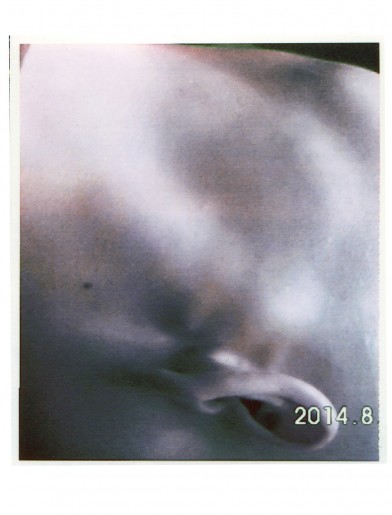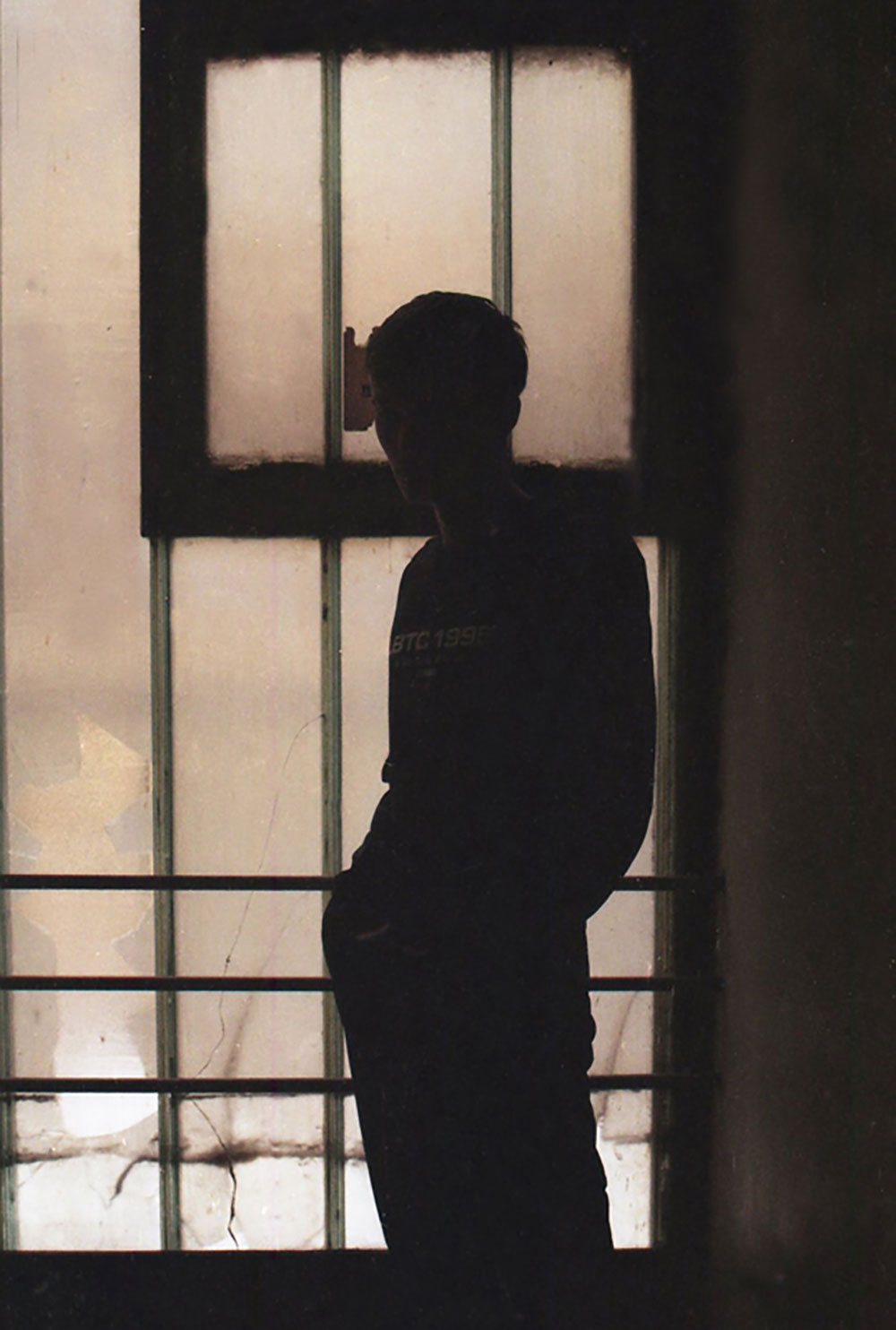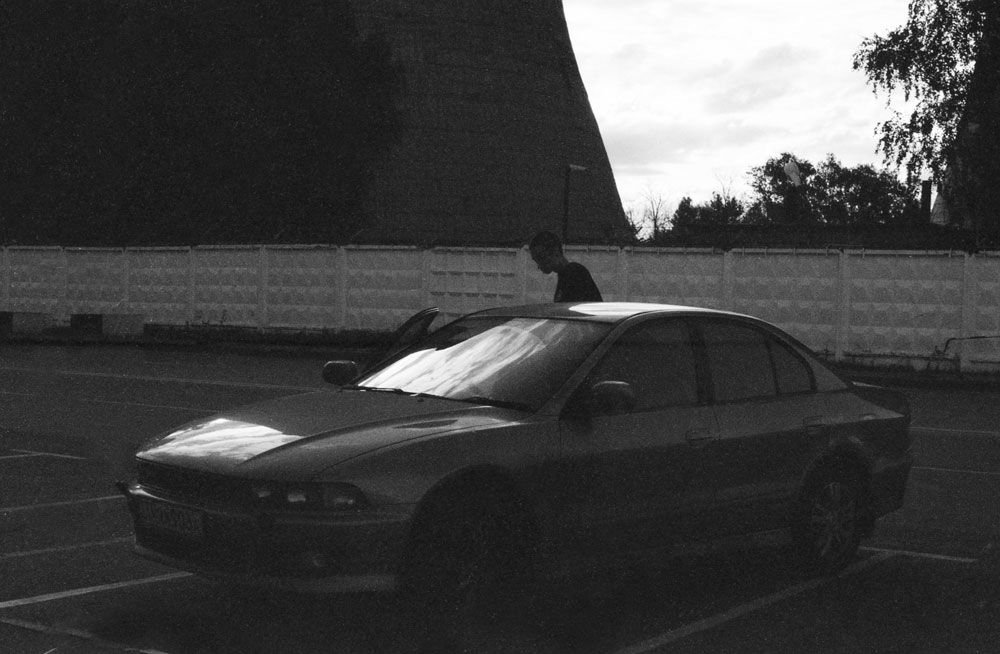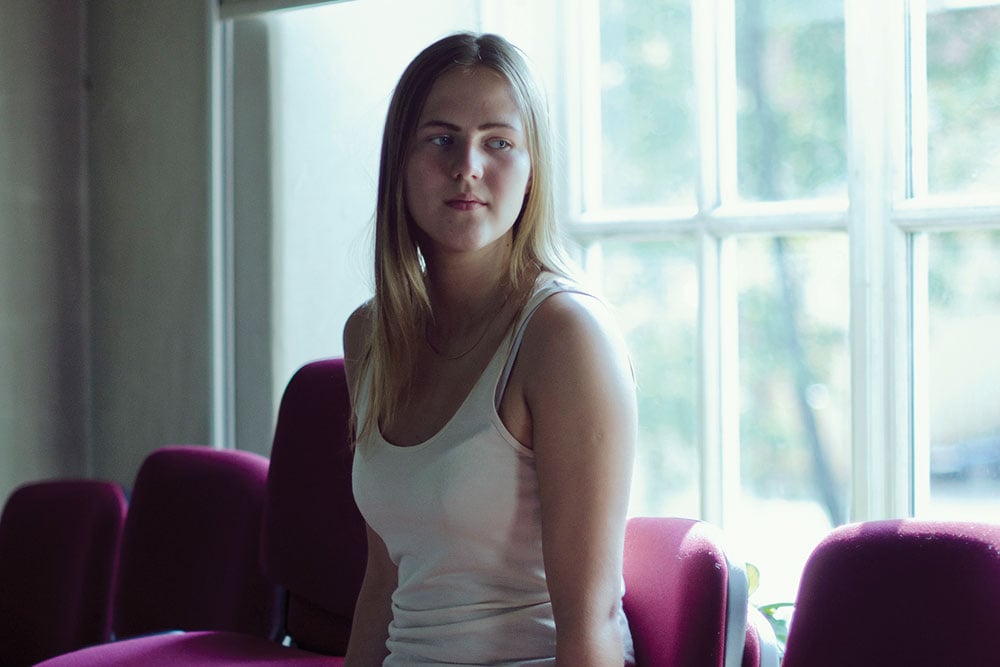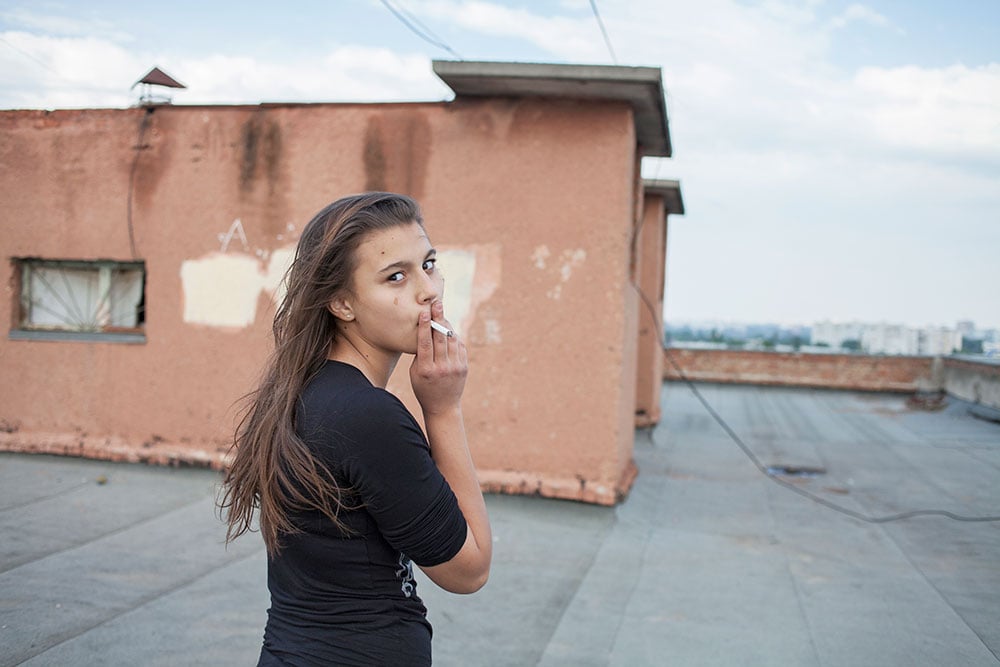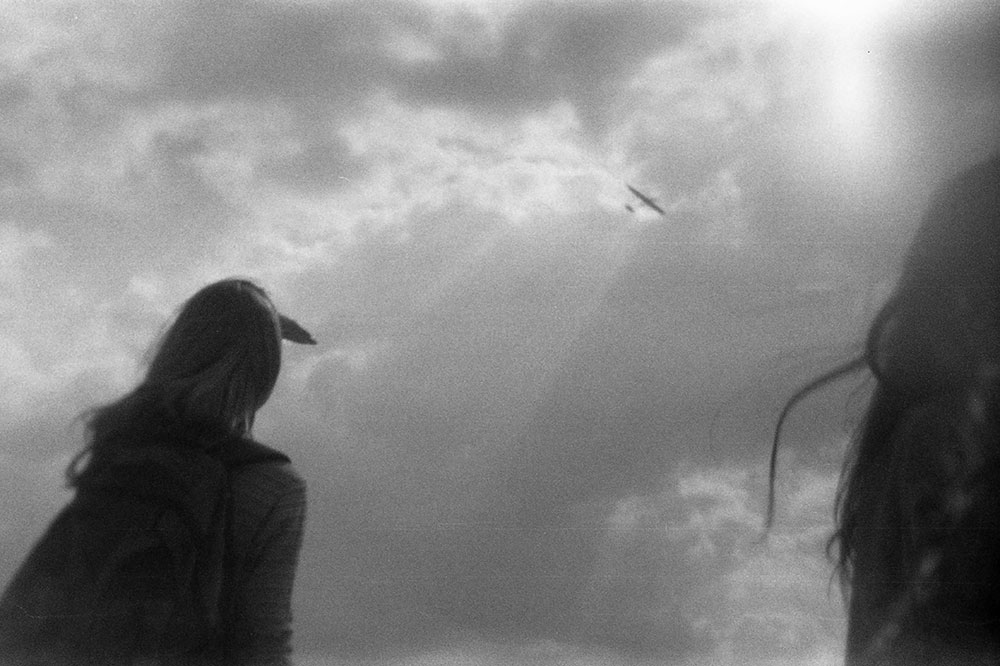How to be a man: a new generation of artists is rethinking the meaning of masculinity in Russia
Post-Soviet YouthFollowing the Soviet's fascination with the father figure, Russian artists look for a new male muse
Russia has always been — at least in its own eyes — a country of men. The Soviet masculinity myth was embodied in the figure of the worker and the protector, replicated in numerous monuments still towering across Russian cities. These days the image of Russia presented across the world goes hand in hand with the idea of a militarist power with a leader who willingly uses macho clichés in his publicity. Russian propaganda is building an image of the country as a traditionalist society that’s in opposition to the increasingly effeminate west. But for a new generation of emerging artists and photographers, the question of masculinity is not so simple.
Speaking out on gender in today’s Russia is one of the crucial forms of cultural rebellion. Against a backdrop of rising conservatism, the generation born in the early 1990s is desperately trying to reinvent itself beyond the constraints of gender, and is looking for a future free from the reign of the father figure. The topic of masculinity is always intertwined with sexuality and taboo. While western contemporary culture is increasingly embracing androgyny and fluid sexuality (transgender models Hari Nef and Andreja Pejic are great examples), Russia is still in the early stages of challenging gender conventions. Changing perceptions of masculinity is a significant part of this process.
The crucial shift in visual representations of gender happened in the 90s after the collapse of the Soviet Union. The country was suddenly flooded with western imagery and products, and a generation hungry to be different from its parents got all they ever wanted and more: new style bibles like Om and Ptych, new pop stars, new fashion and TV. Everything that had previously been repressed suddenly burst out: boy bands and drag queens, homosexuality and controversial fashion. But, more importantly, suddenly there were not only men but boys. The rise of youth culture legitimised youth as something culturally meaningful and visually interesting. And the fragile stage of transition into adulthood became a gateway to kinds of sensuality prohibited in Soviet times. It became the starting point of the widespread visual trope of today, the post-Soviet boy.
One of the first to aestheticise the idea of the post-Soviet boy in Russia and propagate it to the world outside the new east was fashion designer and photographer Gosha Rubchinkiy: he captured his friends, skaters and teenage drifters in post-Soviet urban settings. In his photos, adolescents hang around skate parks, Orthodox churches, abandoned sanatoriums in Yalta, gritty tower block estates and, occasionally, busts of Lenin. Through these images, Rubchinskiy was subconsciously searching for a new national identity, for Russia’s new place in the world. The world has showed Rubchinskiy plenty of interest in return: his show is lined up at Paris Fashion Week, and his books and zines sell out almost immediately. His post-Soviet boys are now a significant part of the post-Soviet fashion myth.
Discovered in the metro, in clubs and through social media, Alexandrova’s boys often come from a life in the Russian suburbs and the sadness of those tower-block landscapes is permanently reflected in their eyes
The post-Soviet boy has also been the focus of Moscow-based photographer Sonya Kydeeva’s career. While Rubchinskiy’s work is imbued with subtle voyeurism that’s typical of skater photography: boys in ripped jeans with faces like ancient Greek statues, absolutely ignorant of their seductive, radiant youth, Kydeeva is interested in not just observing but playing a part in the boys’ brief moment of formation. She is a friend, one of their kin, and there is an exchange in her work: she captures the important moments of their life, and they get much-needed confidence in front of the camera. Kydeeva’s artistic practice is universal (she admits her visual tropes are borrowed from western culture), but she finds her key inspiration in Russia: “Everything is important: language, history and culture, my vision of space and the people in it,” she says.
After Rubchinskiy’s success in the fashion industry, Russian boys found a more institutionalised presence in the western fashion world through Avdotja Alexandrova’s model agency Lumpen. Alexandrova casts boys and girls who would have otherwise never been considered by top model agencies. Discovered in the metro, in clubs and through social media, her boys often come from a life in the Russian suburbs and the sadness of those tower-block landscapes is permanently reflected in their eyes. The term Lumpen, which refers to the poorest of the working class, is not a coincidence here: they are the embodiment of a type of tough and cool street boy. It is fascinating how strangely similar Lumpen is to the project that artist Alina Gutkina carried out in Moscow several years ago, which involved trying to set up ordinary boys to work in modelling agencies and documented their responses. Back then it was not particularly successful, but now things are starting to change.
Something that unites the new wave imagery surrounding the post-Soviet boy is the process of objectification. Objectification, particularly that of men was an interesting question for the late 20th century: from the rise of homosexuality’s visual presence in pop culture, to the female gaze making men into objects of desire and cultural appropriation. Celebrated American photographer and artist Collier Schorr, for example, spent a substantial amount of time in the 90s photographing white boys. She picked boys because she didn’t want to participate in fashion’s oppression of women. “I was coming from SVA (School of Visual Arts) in the 80s,” she said in an interview with the New York Times. “Don’t objectify women or put them in front of the gaze. These essays said that in fashion women were given power because of their beauty but punished in the end. Who should I take pictures of? White boys. Nobody minded oppressing them. It was open season. Honestly, because I didn’t take fully nude, I pretended they were girls. A lot of them felt like girls. There was a gentleness.” The play with gender led to her discovery of this new attitude to male depiction: she was a woman, so boys such as those from a wrestling school in New Jersey were comfortable being objectified (see her project Wrestlers Love America).
The photographic exploration of masculinity doesn’t stop at objectification, but also involves redefining sexuality
Yet, the photographic exploration of masculinity doesn’t stop at objectification, but also involves redefining sexuality. It’s not quite Matt Lambert’s Keim yet, but from Igor Samolet’s juvenile mess to Yulia Spiridonova’s explicit sensuality, it is a step towards expressing desires virtually prohibited by conservative society. The post-Soviet boy could also represent something more political. Collier Schorr has quite often shot her beautiful white boys in Nazi uniform. Winter Vandenbrink’s photo of a boy in a St George of England scarf is not dissimilar to the photos of Moscow boys with shaved heads. Somehow images of juvenile white boys often go hand in hand with a country’s rise in nationalism.
Not all the projects, however, send out the message of national isolation: in her short film Wasteland, director Nadia Bedzhanova shot Russian skaters alongside their peers from France and the States. Filmed against high-rises and the snowy urban parks of Moscow, the Russian boys look slightly different to their peers, but that’s mainly due to the outfits and settings. Overall, the Russian idea of masculinity, just like identity in general, is stuck in between the global and authentically national, and influenced deeply by social and political factors. We’ve had a glimpse of its new face but what lies behind the looks of the post-Soviet boy is yet to be revealed.






